Kuri Bay is Australia's most stunning wild spot hardly anyone visits
It's one of the most stunning remote spots on the coastline, and the few travellers that reach this destination discover a part of Australia as dazzling as it is dangerous.
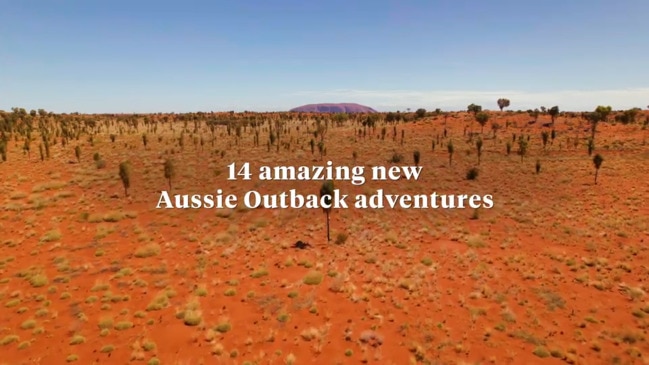
Lifestyle
Don't miss out on the headlines from Lifestyle. Followed categories will be added to My News.
If it weren’t for the death adders – and the crocs, the sharks, and the tiny killer jellyfish – Kuri Bay might be famous as one of the most stunning spots on the Australian coastline. Knuckled sandstone escarpments draped in tropical savannah drop down to waters of liquid turquoise under a sky so blue it looks almost lavender. The scenery dazzles the eyes.
But there’s another big drawback to Kuri Bay. It’s almost impossible to get to. With no roads for miles the only access is by water – either boat or seaplane. So it only gets a few thousand visitors a year.
This year, I was one of them. Now when I think of the line from Dorothea Mackellar’s My Country about “her beauty and her terror”, my mind goes straight to Kuri Bay. This stretch of WA coast, almost 400km north of Broome, also does a nice line in far horizons and jewel seas.
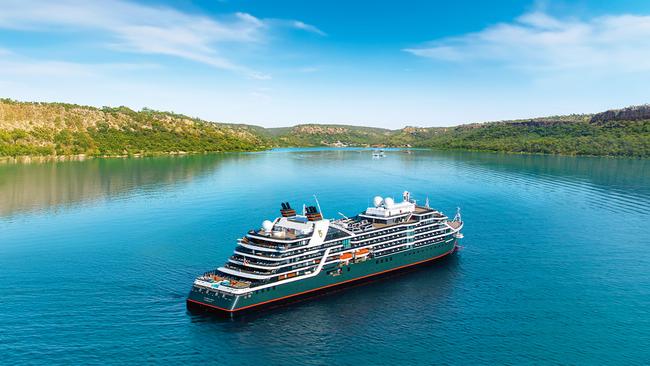
I arrive at this placid bay in the Lalang-gaddam/Camden Sound Marine Park aboard Pursuit, the new expedition ship from Seabourn. Kuri Bay is the birthplace of Australia’s cultured-pearl industry, but you might not guess that from this humble settlement, the base of Paspaley’s operations in the Kimberley.
Paspaley produces only 0.1 per cent of the world’s pearls but “well over 20 per cent of the value”, according to pearling support manager Dean Peters. “It’s something Australia can be proud of. We’re just so lucky that we have these beautiful places and this beautiful water.”

Peters, a 30-year veteran of the industry, takes us on a tour of the pint-sized camp, which has only allowed public visits since 2016. “These were closed shops for so many years,” he explains. “It’s really nice to be able to show people what we do.”
From the water the land rises gently to a cluster of tin-roofed and louvre-windowed buildings, including the original 1950s staff accommodation where crew stayed for up to three years at a stint, and a shipping-container cyclone shelter (yet another compelling reason why Kuri Bay’s unlikely to ever feature on one of those “Where to Go Now” lists). There are 32 resident workers when I visit, but at harvest time there can be 150 between the base and liveaboard vessels. “It goes from quite an isolated outpost to a little country town very quickly,” says Peters.
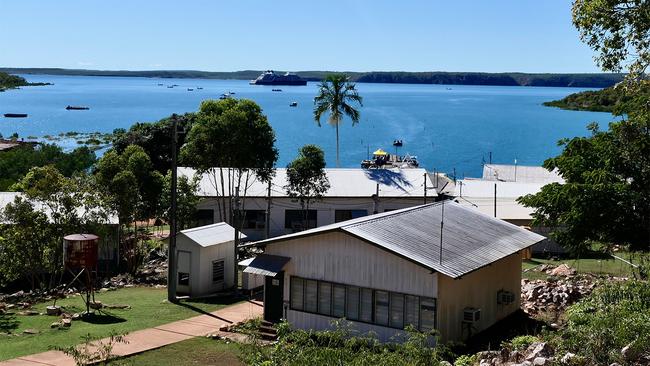
These days staff work two weeks on, one week off, and are flown from Darwin or Broome by Paspaley’s trio of 1940s Mallard seaplanes, their only real link to the outside world. “Without them, without a ship, you can’t get in here.”
I’m pondering this isolation as Peters recalls a bad storm that dumped a metre and a half of rain and washed a nightmare of death adders into camp. “They were everywhere – all up and down the path here!” he says. “There was about 30, 35. Big, fat, ugly-lookin’ things they are.”
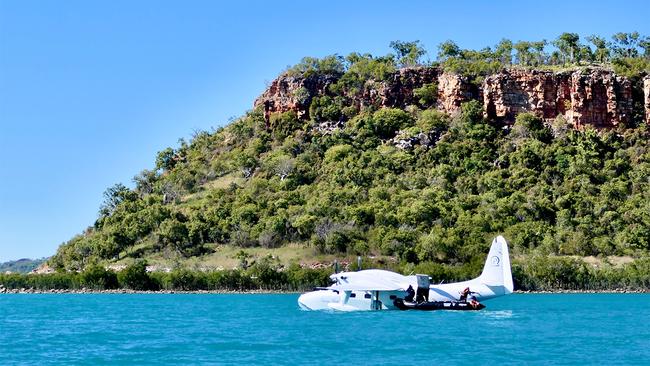
Snakes are a nuisance. Sharks and crocodiles “aren’t a big problem”. Their biggest fear is the Irukandji, “a small jellyfish about the size of your finger”. All their divers work fully covered in stinger suits but there are still mishaps. He reckons they average around two dozen incidents a year.
“The worst sting we had here, a guy named Stephen, actually got hit out at Darcy Island and thought he’d broken his back. When I got the radio call we were going into full spinal care… (but) by the time we got him up here we realised it was a sting.
“He was one of those annoyingly fit human beings, so you could see every muscle group as it cramped – from his toes to his hair, and then it would go all the way back down again like a wave. And it was about four hours before we could get him really settled down with morphine and Largactil (an antipsychotic). It was horrendous. I never want to go through that again.”
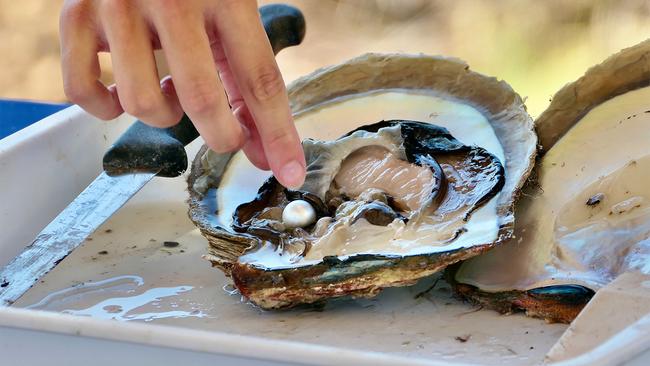
Peters seems to relish these horror stories (as do I). But it’s hard to reconcile his tales with the frangipani-scented charm of the place.
Before leaving Kuri Bay I head up in a Mallard for aerial views over this jigsaw land of peninsulas and islands slotted snugly into the iridescent Indian Ocean. Just south of here lie the famous Horizontal Falls and Montgomery Reef, and Camden Sound is one of the world’s most prolific humpback nurseries, home to more than 20,000 whales in season (April to September).
This really is one of the most remarkable corners of the continent. It’s just a shame about all those deadly creatures.
The writer was a guest of Seabourn.
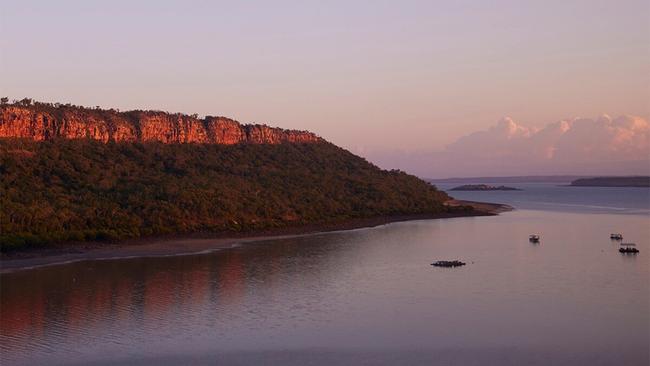
How to get to Kuri Bay
More than half a dozen cruise lines now explore the Kimberley coastline in season (March to November).
Starting 2025, Paspaley Pearl, a Ponant-operated motor-yacht, will offer itineraries that include visits to Kuri Bay on round-trips from Broome.
More Coverage
Originally published as Kuri Bay is Australia's most stunning wild spot hardly anyone visits





